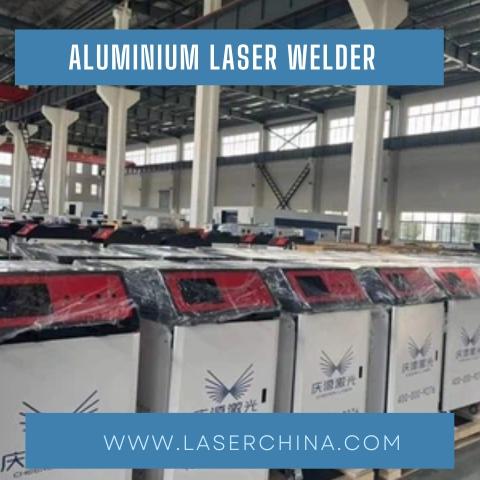Aluminium laser welding offers a precise and efficient method for joining aluminium components in various industries, including automotive, aerospace, and electronics. In this guide, we will delve into the intricacies of aluminium laser welder, exploring its advantages, challenges, techniques, and best practices.
Understanding Aluminium Laser Welding
Aluminium possesses unique properties that make it challenging to weld using traditional methods. Its high thermal conductivity and low melting point require specialized welding techniques to achieve strong and reliable joints. Laser welding, utilizing a focused laser beam to melt and join metals, offers several advantages for welding aluminium:
-
High Precision: Laser welding enables precise control over the welding process, allowing for accurate joint formation and minimal heat-affected zones.
-
Minimal Distortion: The concentrated heat input of the laser minimizes distortion in the welded components, preserving their dimensional accuracy.
-
High Welding Speed: The high energy density of the laser beam facilitates rapid heating and solidification, resulting in fast welding speeds.
-
Versatility: Aluminium laser welding can be performed on various thicknesses and alloys of aluminium, making it suitable for a wide range of applications.
Challenges in Aluminium Laser Welding
While aluminium laser welding offers numerous benefits, it also presents certain challenges that need to be addressed:
-
Reflectivity: Aluminium exhibits high reflectivity to laser light, leading to inefficient energy absorption and potential weld defects. Specialized laser parameters and techniques are required to overcome this challenge.
-
Porosity: The presence of gas pockets, or porosity, in the weld zone can weaken the joint. Proper shielding gas selection and control are essential to minimize porosity formation.
-
Hot Cracking: Aluminium alloys are prone to hot cracking during welding due to their metallurgical characteristics. Weld parameter optimization and filler material selection can help mitigate this issue.
Techniques for Aluminium Laser Welding
Several techniques are commonly employed in aluminium laser welding to ensure optimal results:
-
Beam Delivery Systems: Utilize fiber or mirror-based beam delivery systems to precisely deliver the laser beam to the weld zone, enabling accurate control over the welding process.
-
Pulse Shaping: Adjust the laser pulse parameters, such as duration and frequency, to optimize energy absorption and minimize heat input, reducing the risk of weld defects.
-
Joint Design: Employ appropriate joint designs, such as butt joints or lap joints, to facilitate efficient heat transfer and minimize welding distortion.
-
Gas Shielding: Implement inert gas shielding, such as argon or helium, to protect the weld zone from atmospheric contamination and minimize porosity formation.
Best Practices for Aluminium Laser Welding
To achieve high-quality aluminium laser welds, adhere to the following best practices:
-
Optimize Parameters: Fine-tune laser parameters, including power, pulse duration, and focus position, based on the specific aluminium alloy and thickness being welded.
-
Pre-weld Preparation: Ensure proper cleaning and surface preparation of the aluminium components to remove contaminants and oxide layers, promoting optimal weld quality.
-
Monitor Weld Quality: Employ real-time monitoring techniques, such as high-speed cameras or infrared thermography, to detect and address any defects during the welding process.
-
Post-weld Inspection: Conduct thorough inspection of the welded joints using non-destructive testing methods, such as X-ray or ultrasonic testing, to verify weld integrity.
By understanding the principles, challenges, and techniques of aluminium laser welder, you can master this advanced joining process and achieve superior weld quality in your aluminium components. Practice, experimentation, and continuous improvement are key to becoming proficient in aluminium laser welding.


